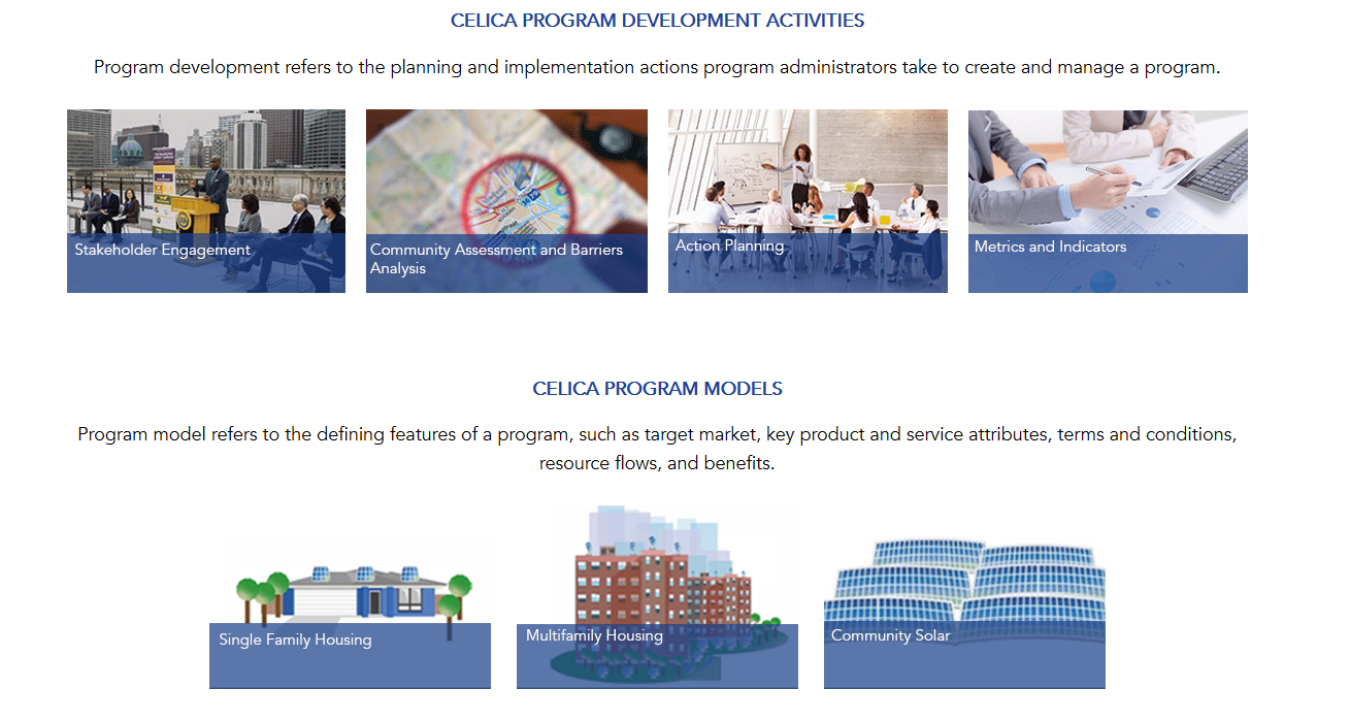The U.S. Department of Energy’s (DOE’s) Weatherization and Intergovernmental Program within the Office of Energy Efficiency and Renewable Energy (EERE), in collaboration with EERE’s Better Buildings Initiative, recently launched an online Clean Energy for Low-Income Communities Accelerator (CELICA) Toolkit. The toolkit features an array of informational resources for low-income energy program planning including the Low-Income Energy Affordability Data (LEAD) Tool, an interactive data mapping and graphing tool used to improve understanding of energy affordability for all Americans.
CELICA focuses on reducing energy bills for low-income communities. More than 30 partners from state and local governments, utilities, and community organizations, plus 10 national partners, volunteered for a two-year partnership with DOE which ended in 2019 to better understand and address key energy challenges and demonstrate a wide range of locally designed energy efficiency and distributed renewable energy solutions for low-income residents.
Connecticut’s Department of Energy & Environmental Protection, a CELICA partner, stated, “CELICA helped Connecticut engage with the National Labs and other states with similar goals, identify metrics and data that are already available, and leverage them to create more comprehensive and focused strategies related to clean and efficient energy accessibility for low-income communities.”

Website Homepage of the CELICA Toolkit
The CELICA Toolkit includes more than a dozen informational resources featuring models for developing low-income energy efficiency and renewable energy programs based on the real-world experience of CELICA partners. It provides case studies, issue briefs, templates, and other materials to help program administrators reduce energy burden for low-income communities by enhancing and expanding upon work funded through utility, state, or federal programs.
LEAD Tool Map Illustrates Energy Burden and Other Energy Characteristics
As part of CELICA, the LEAD Tool was created to help decision makers make data-driven decisions about energy goals and program planning by improving their understanding of low-income housing and energy characteristics. Stakeholders have reported successfully utilizing the LEAD Tool to build or expand their existing energy programs.
The Philadelphia Energy Authority, a CELICA partner, stated, “Having access to the LEAD Tool allowed us to understand the extent of energy burdens in Philadelphia. The DOE staff was very supportive in guiding us to take advantage of the tool and make it useful for our work, even going so far as to develop a data set for Philadelphia specifically.”
Throughout the program’s two-year duration, CELICA helped local partners engage with National Labs and peers with similar goals to better serve under-resourced communities and increase energy affordability. For example, some CELICA partners wanted to identify metrics and data available to help create comprehensive strategies and measure success of programs. Through technical assistance and peer mentoring, DOE created an issue brief on how stakeholders can use metrics to set a baseline and track progress and impact from low-income energy programs.
By the end of the program, CELICA partners committed to invest $335 million to serve more than 155,000 households, helping them save an average of 30% or more on their energy bills.
Learn more about the individual CELICA partner accomplishments.
